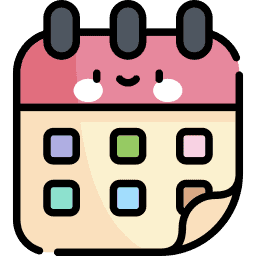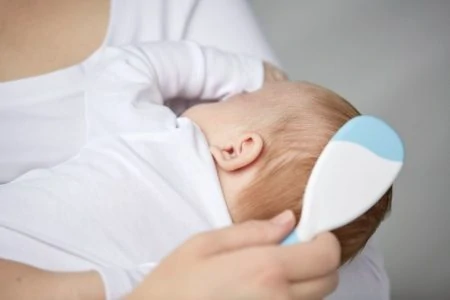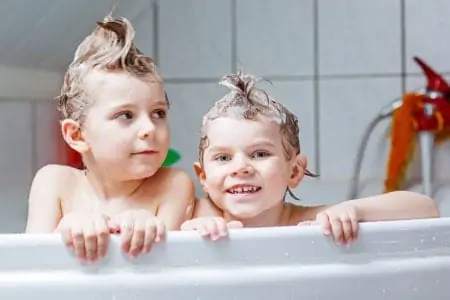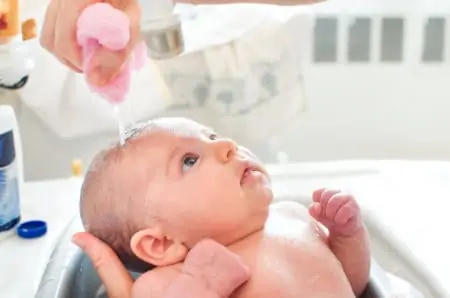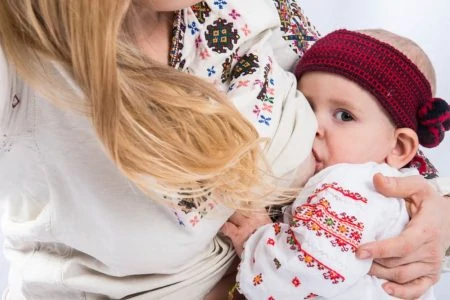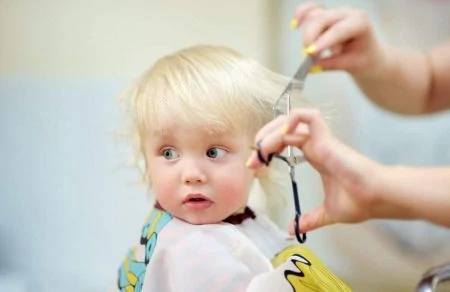Can shaving your baby’s hair make it grow back thicker and healthier?
If you’re questioning whether this is a safe or beneficial practice, you’ve come to the right place. We’ve listened to what the experts have to say and have studied the science of baby hair growth to determine whether shaving will improve your baby’s hair.
We’ll also discuss whether shaving your baby’s hair will help rid them of cradle cap.
For those who decide to go for it, we’ll offer our top tips to help you safely shave your baby’s head and avoid nicks.
Key Takeaways
- Shaving a baby’s head does not guarantee thicker or healthier hair growth, as hair type is determined by genetics and hair follicles.
- Shaving your baby’s head will not help with cradle cap, a skin condition unrelated to the hair itself.
- If you choose to shave your baby’s hair, use trimmers or clippers instead of razors to avoid accidentally cutting their delicate skin.
- Encourage healthy hair growth by using moisturizing shampoo, gently brushing, being gentle when handling hair, avoiding tight hairstyles, and providing a nutritious diet.
Will My Baby’s Hair Change After Shaving?
Let’s get straight into it. The short answer is “No.” Your baby’s hair will not necessarily become thicker or healthier if you shave their head (1).
After you shave the hairs on your upper lip, does it grow back as a full-blown mustache? Nope.
So, how does hair growth work anyway?
How Hair Grows
Our genetics and hair follicles play a significant role in determining our hair type. The follicles are located directly underneath the skin, where the hair is produced.
The follicle root consists of protein cells. These cells are created and fed by blood, which carries nutrients that the cells need to grow and multiply.
As the cells multiply, the hair grows and pushes out of the follicle through the skin. The strand also passes through an oil gland, making the strands shiny and soft. In babies, this oil can also cause cradle cap.
Individual strands of hair will go through two phases: a growing phase and a resting phase. These vary in timing, which is why overall hair growth fluctuates (2).
Why Shave Your Baby’s Hair?
It’s a common cultural practice in parts of Asia and some Latin American countries to shave a baby’s hair right after birth or in the first few months of life. Some people do it for religious reasons, as in the Hindu Mundan ritual. Others believe their baby’s hair will grow back thicker and quicker, but this isn’t always the case.
When babies are born, their hair is typically thin and light — even if your peanut has a full head of it. These baby locks change into “mature” hair during the first year.
As the new hair grows out after shaving, it’s different. The changes might be significant or minor. The color and texture may also change (3).
When you shave your baby’s head, you remove the baby hair, and the “mature” locks will start to appear earlier than they may have if left to Mother Nature.
Depending on the follicles, there is a chance the hair will come in thicker, but it’s not a given, and it would have happened anyway at some point.
Will Shaving Help Cradle Cap?
Shaving your baby’s head will not cure cradle cap. Cradle cap is a skin condition that has little to do with the hair itself.
In fact, shaving the hair while your baby has cradle cap could irritate the skin and worsen the condition.
It’s also extremely important to avoid picking at the scales on your baby’s scalp, no matter how tempting it may be. This may cause them further discomfort and trigger an infection.
Try these methods instead:
- Shampoo regularly and with a special shampoo.
- Use oil or petroleum jelly to soften the scales before a bath.
- Following a bath, use a soft baby brush to gently remove loose scales (4).
Could Shaving Be Harmful?
You’ve probably heard about babies’ “soft spots.” The soft spots on a baby’s head allow the head to easily descend into the pelvis and through the birth canal during labor.
The fontanelle, as it’s officially named, also helps make room for your baby’s brain to grow and develop outside the womb. There are two soft spots, the posterior in the back and the anterior in the front (5). Some say that shaving over these spots could damage your baby’s head, but that is not true, so don’t worry. You should always be careful around the soft spots anyway, and this is no different.
One thing that could potentially harm your child is the tool you’re using. Some people choose to use razors, often for cultural reasons. However, babies tend to move suddenly, and the blades can easily cut your baby’s soft skin.
How to Safely Shave Your Baby’s Hair
Choosing to shave your baby’s hair is a big decision. But with the right tools and precautions, there should be no cause for concern.
This is what you’ll need:
- A good location
- An assistant.
- A towel or two.
- Trimmers or clippers.
- Moisturizer or baby oil.
1. Timing is Everything
Try to figure out what time of day your baby is the happiest and most calm. Mornings might be a good option since your baby (and you) will, hopefully, be well rested.
Place a small towel on the floor around you while your partner holds the baby. You might want to use a few toys for distraction.
2. Get Out the Trimmer
It’s a good idea to steer clear of razor blades to avoid nicking your baby’s precious skin. Instead, you could use a trimmer. These typically don’t shave as close to the skin as a razor, but they are a much safer option.
Dampen the hair slightly before starting. Beginning at the back of the head, shave from the nape of the neck upward, cutting against the hair’s natural direction. Shave the top of the head from front to back.
If your baby becomes upset, take a break and create a distraction with toys or food before continuing.
3. Remove All Loose Hair
There might be a significant amount of loose hair stuck to your baby after the job is complete. Finishing off with a warm bath is an excellent way to make sure all the hair is removed.
4. Keep the Scalp Happy
When you’re finished, massage the area with moisturizer or a minimal amount of baby oil to prevent itchy or dry skin.
Prepare For Change
When Will My Baby’s Hair Grow Again?
This depends on the follicles, but typically, you would start to see new hair within a month.
Other Ways to Promote Healthy Hair Growth
If your only reason for shaving your baby’s head is the hope of thicker, healthier hair regrowth, you may want to consider less drastic methods. There are plenty of ways to encourage those lovely locks to grow strong. Here are a few:
1. Use a Moisturizing Shampoo
Your baby may not have a lot of hair, but that doesn’t mean you should skip the shampoo. A moisturizing shampoo will hydrate the scalp and help to remove any extra oil that could cause cradle cap or dandruff.
However, you don’t need to shampoo a baby’s hair more than once or twice a week (6).
2. Consider a Soft Brush
The best thing I ever got for my baby’s hair was a soft brush. This no-fuss tool makes baby hair silky smooth. After every bath, gently brush your baby’s hair to get rid of any tangles. This could also help to remove potential scales.
3. Be Gentle
When handling your baby’s hair, always be gentle to protect the hair follicles from stress or damage. Always lather shampoo gently; never rub hard.
4. Say “No” to Ponytails
As your little one grows, you may feel inclined to style their hair. While it’s cute (as a mom, I know the temptation), you might want to hold off a little longer.
Extended pulling on the hair can damage the follicles. If your baby has long hair that’s starting to get in the way of their eyes, trim it. Or you can loosely pin it back with a small clip to keep it away from their face.
5. Always Feed Your Baby a Healthy Diet
Good nutrition helps every part of your baby grow, not just the hair. When your baby is old enough to start eating solid food, offer them the best quality food possible. You should always avoid highly processed, sugary foods in favor of fruits and vegetables to pack those nutrients in and give your little one the best chance for overall good health.

